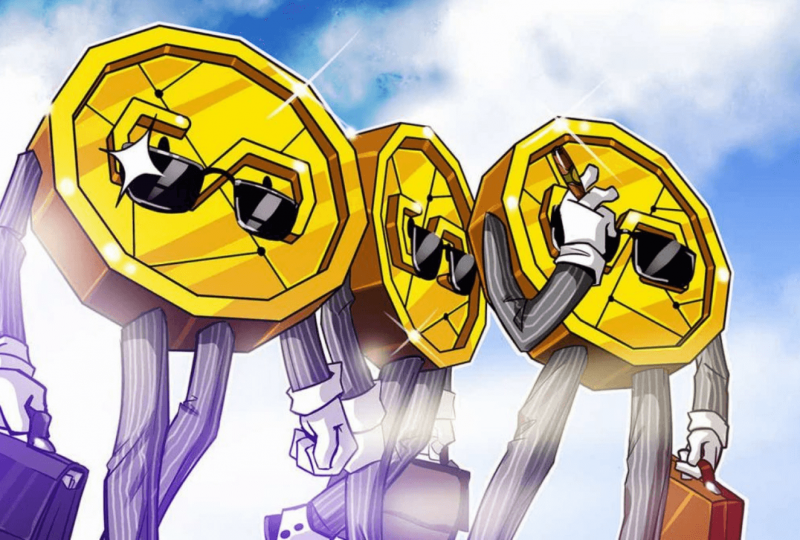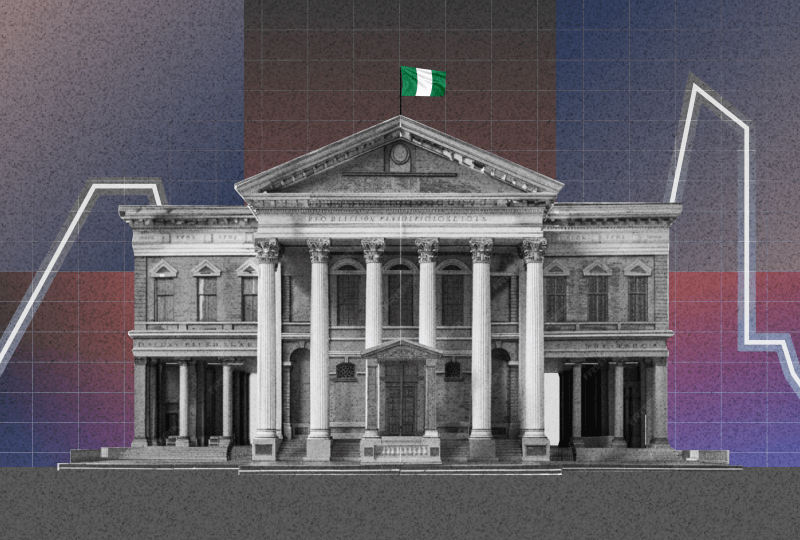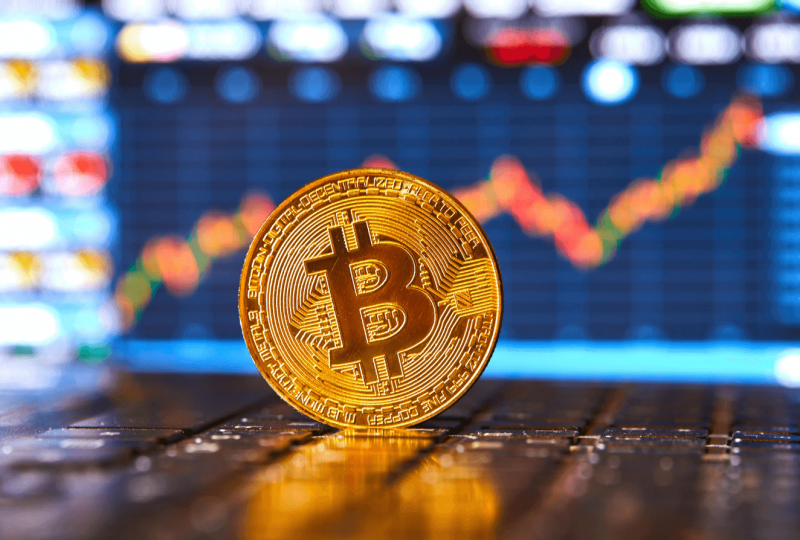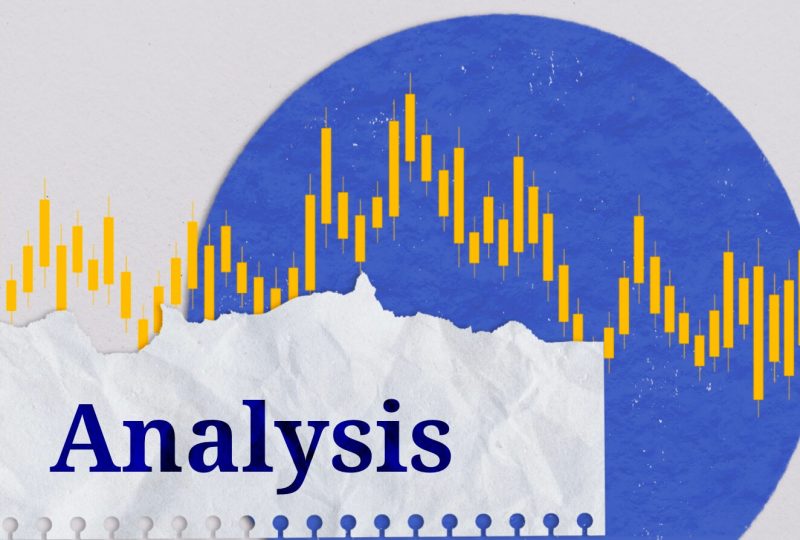Days After a Crypto Stablecoin Crashed, a Clone Is Growing Rapidly
May 31, 2022

Don't look now, but the stablecoin that contributed to the crypto market's demise in May has a rapidly developing clone.
Stablecoins are supposed to be the dull relatives of volatile cryptocurrencies such as Bitcoin. Rather than fluctuating in value with the market, such tokens are often tied to the US dollar. Tether and USD Coin, the two largest stablecoins, hold a similar quantity of traditional assets in reserves, such as bank deposits or US Treasury bills. However, a subsequent version of the coins uses algorithms and market incentives to retain the peg.
In May, the crypto sector saw one of its most severe crises when TerraUSD, an algorithmic stablecoin, failed. The coin was designed to keep its $1 price by allowing traders to "burn" TerraUSD for a dollar's worth of another cryptocurrency named Luna. When the price of TerraUSD went below one dollar, the transaction profited. It all hinged on merchants continuing to believe that Luna itself was valuable.
However, the system failed on May 9, and both TerraUSD and Luna started a death spiral. TerraUSD's legacy token was valued at 2 cents as of Tuesday.
USDD is an algorithmic stablecoin that was established shortly before TerraUSD's death.
USDD, like Terra, attempts to preserve its peg by allowing traders to burn the token in exchange for another cryptocurrency known as "Tron '' or TRX. The currency's originator, like Terra, vowed to establish huge reserves to protect the peg, and the coin, like Terra, may be handed to another protocol to earn interest. The USDD's creators initially promised a "basic risk-free interest rate" of 30 percent.
USDD, like Terra, is quickly expanding. As of Tuesday, USDD has amassed more than $600 million in tokens since its inception in early May.
Justin Sun, the inventor of Tron and USDD, has stated that algorithmic stablecoins are required for crypto to accomplish its objective of being genuinely decentralized.
"I think we learned a lot from the UST and Luna failures," Sun remarked last week in an interview with OffChain Global. Sun argued that TerraUSD developed too quickly, had insufficient liquidity, and had insufficient reserves to defend the peg if it got into problems. Sun has stated that his scheme would attempt to keep the number of coins in circulation from growing so quickly that it confronts the same uncontrollable death-spiral problem that TerraUSD and Luna did.
However, as Terra backers strive to cobble together their own blockchain, crypto investors should be cautious. A procedure might claim that an interest rate is risk-free, but when it is based on an unproven model, danger lurks around every corner.




